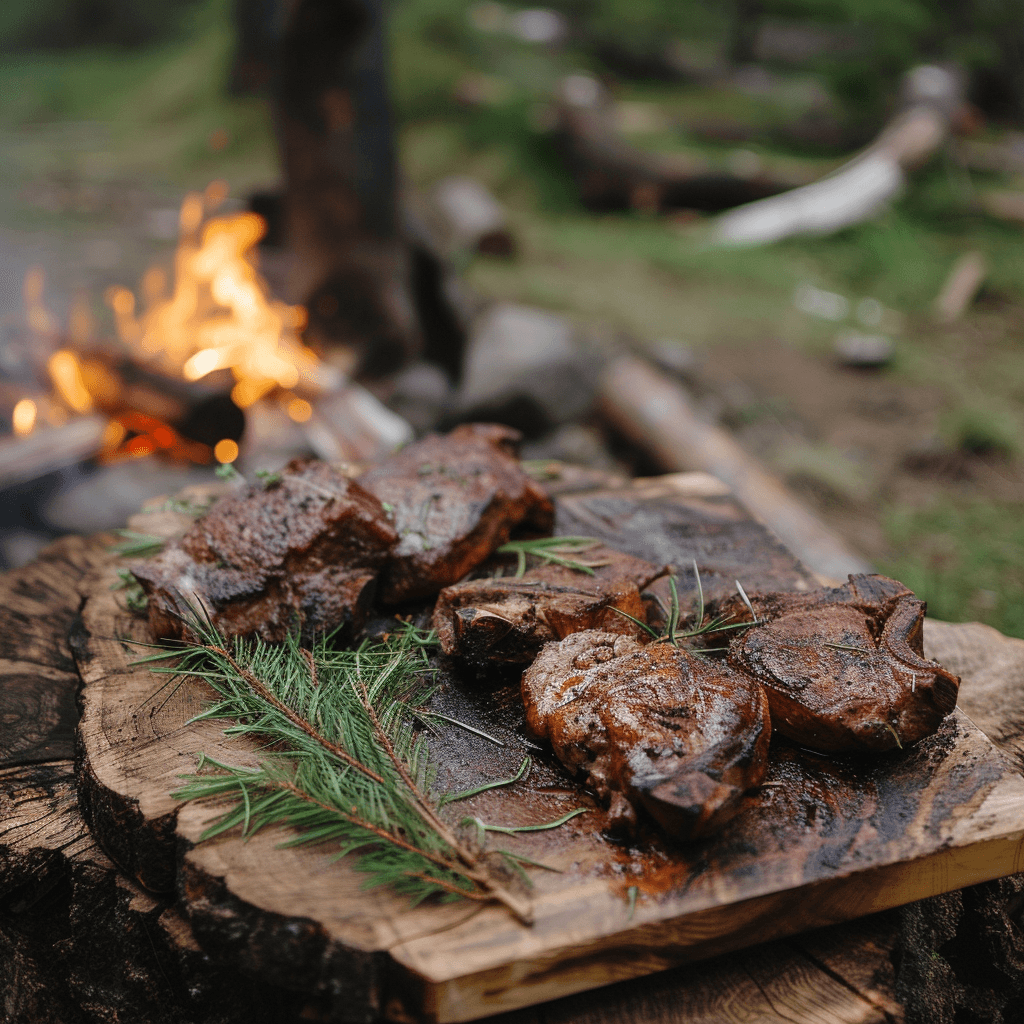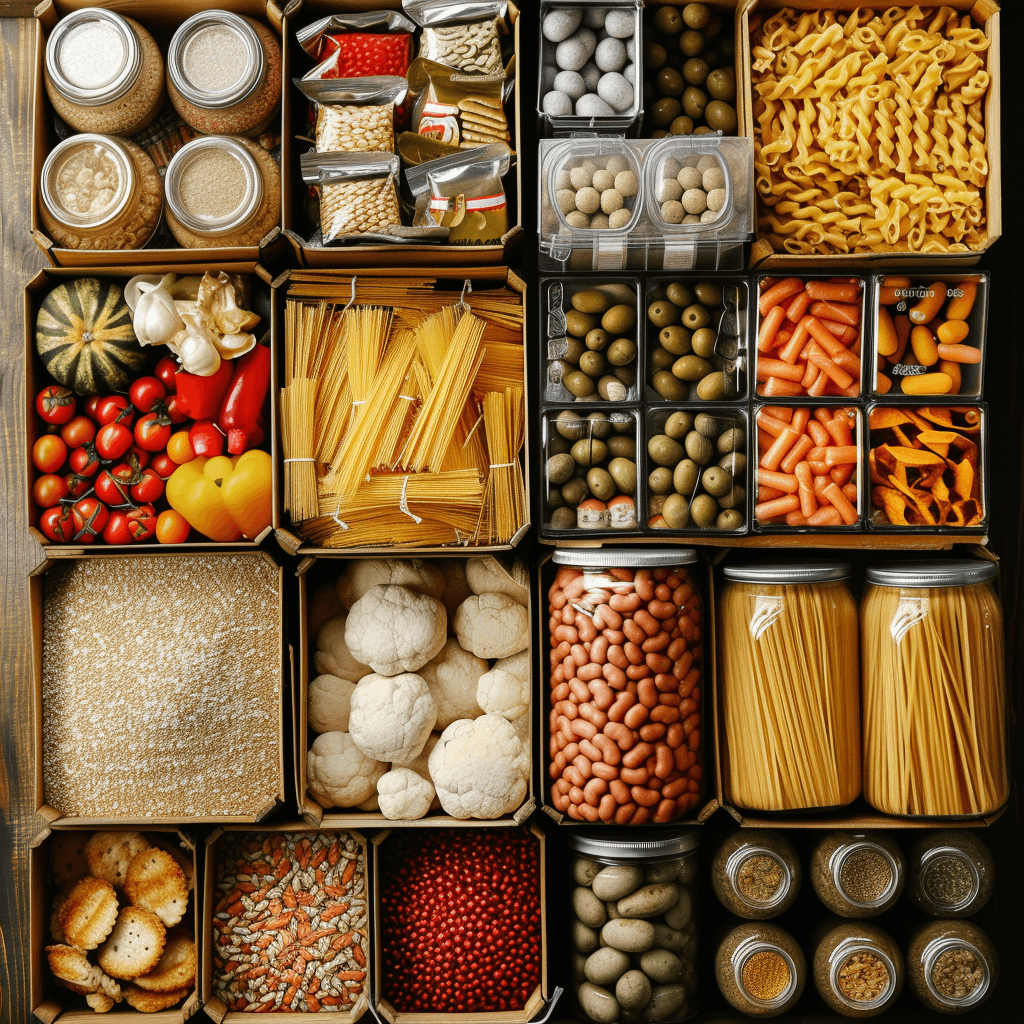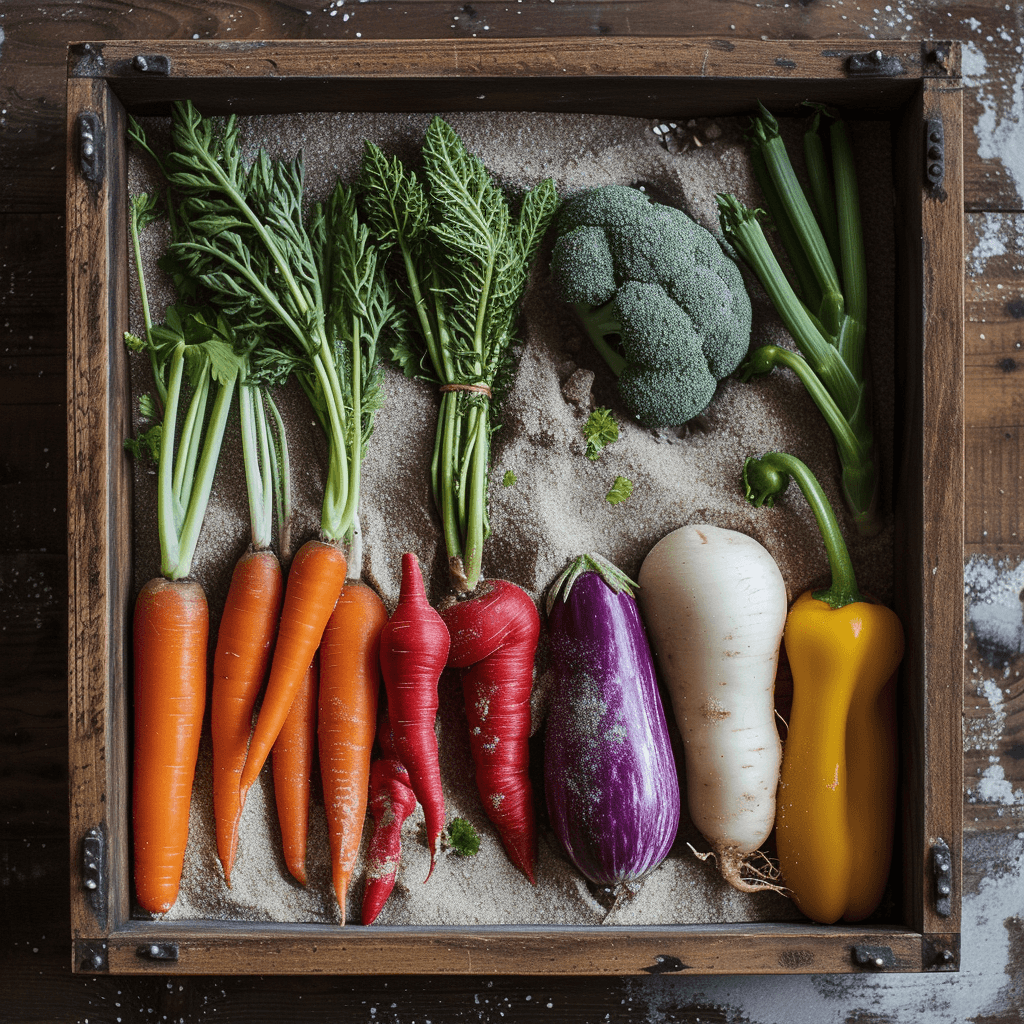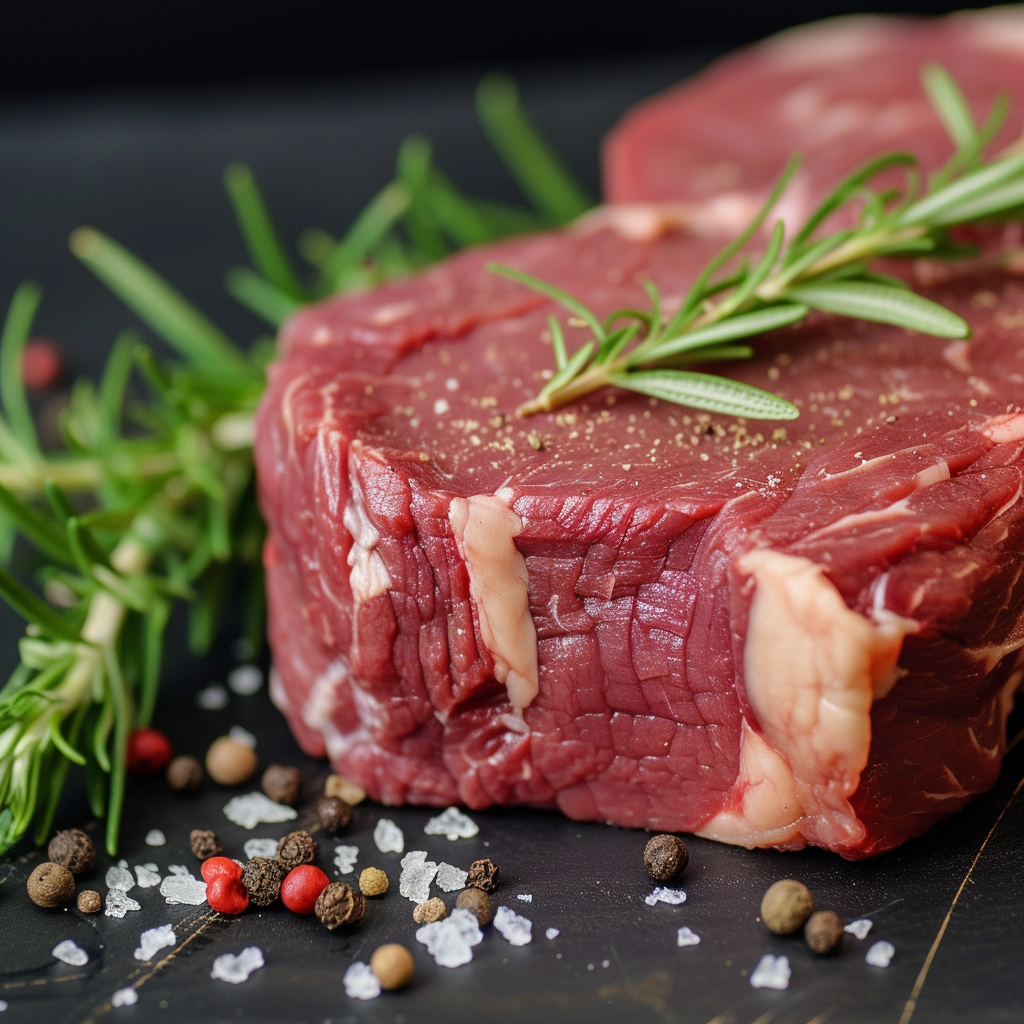In this article as the title “Tips for Safely Storing and Preserving Meat in the Wilderness” might suggest, we’ll explore some tips to help you safely store and preserve meat during your wilderness adventures. We’ll discuss the challenges of keeping meat from spoiling in the wild and offer practical solutions to ensure your food stays fresh and safe to eat. Whether you’re an avid camper or just venturing off the grid, these tips will help you make the most of your meat and reduce the risk of foodborne illnesses. So, let’s dive in and learn how to keep your meat fresh in the great outdoors!
Tips for Safely Storing and Preserving Meat in the Wilderness
When it comes to living off the grid, one of the main challenges is finding reliable methods to store and preserve food, particularly meat. In the wilderness, where resources are limited, it is crucial to have a good understanding of different storage methods and techniques to ensure that your meat remains safe to consume over an extended period. This article will guide you through various strategies for safely storing and preserving meat in the wilderness, allowing you to enjoy your meals with peace of mind.
Understanding the Different Storage Methods
Before delving into the specifics of each method, it is essential to familiarize yourself with the different storage options available. These methods include dehydrating, curing, smoking, freezing, cooking, drying, salting, canning, utilizing natural cold storage, building an underground meat storage cache, and monitoring and rotating stored meat. Each method offers distinct advantages and considerations, ensuring you find the one that suits your needs in a wilderness setting.
Factors to Consider When Choosing a Storage Method
When choosing a storage method for your meat, several factors come into play. These include the availability of resources, the intended shelf life, the feasibility of the method in a wilderness setting, and personal preferences. Deciding which method to use will depend on a combination of these factors, as well as the specific circumstances of your situation. By carefully considering each factor, you can make an informed decision on the most suitable storage method for your needs.
Preparing the Meat for Storage
Properly preparing the meat before storage is essential to ensure its longevity. This preparation involves butchering and cleaning the meat, trimming excess fat, removing bones, and applying salt or brine solution for preservation. By following these steps, you can enhance the effectiveness of the chosen storage method and maintain the meat’s quality throughout the process.
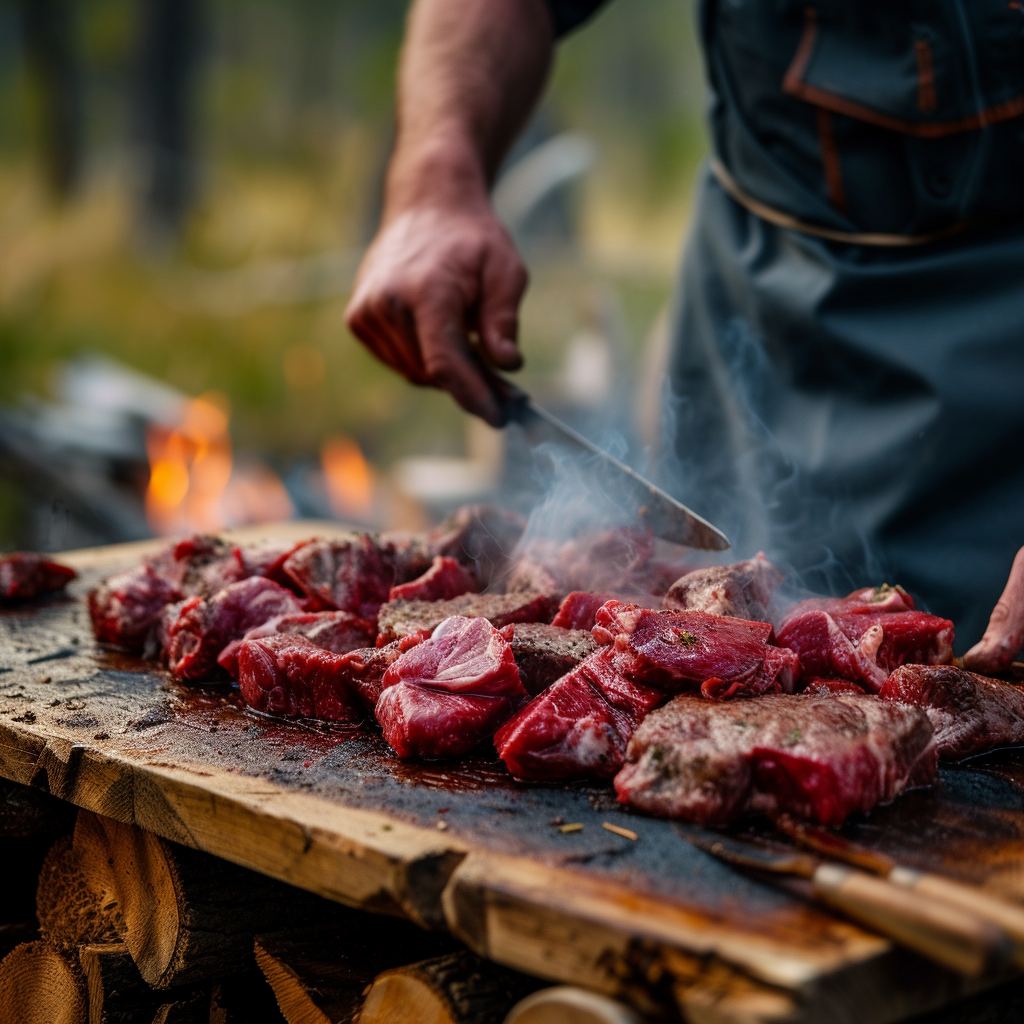
Dehydrating the Meat
Dehydrating meat is an effective way to preserve it in the wilderness. Whether using a dehydrator or sun-drying method, the key is to remove moisture from the meat, creating an environment where bacteria cannot thrive. This section will guide you through the steps of dehydrating meat, allowing you to safely store it for an extended period.
Curing the Meat
Another popular method for preserving meat is curing. By understanding the curing process and different curing techniques, you can effectively inhibit the growth of bacteria in the meat. Applying the cure to the meat correctly is crucial, and this section will provide you with the necessary information to do so.
Smoking the Meat
Smoking meat not only imparts a delicious flavor but also contributes to its preservation. Selecting the right wood for smoking, properly preparing the meat, and controlling temperature and smoke are crucial steps to ensure successful smoking and long-term storage of the meat.
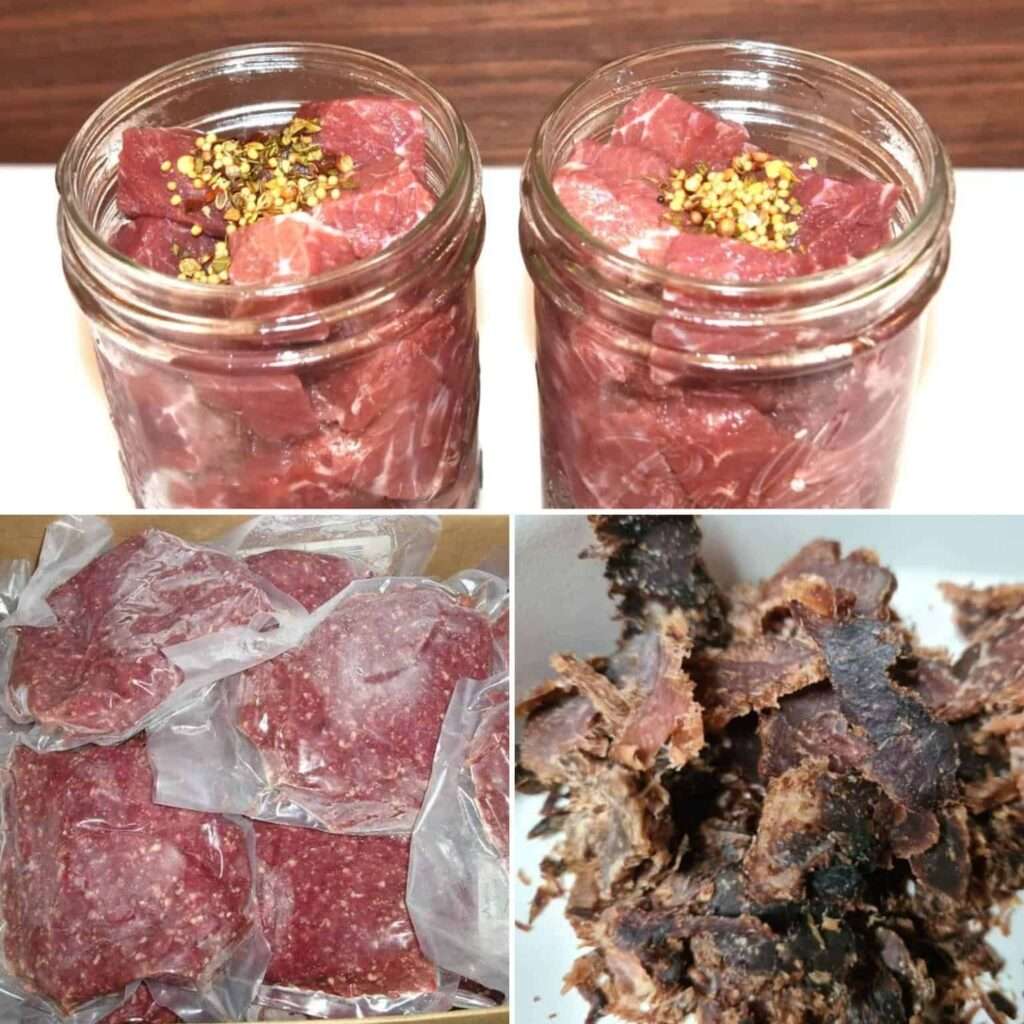
Freezing the Meat
Freezing meat is a common method of preservation, but it requires careful consideration in a wilderness setting. Choosing appropriate freezing containers, properly packaging the meat, and maintaining low temperatures can pose challenges. This section will guide you through the process, ensuring the safety and quality of your frozen meat.
Cooking and Drying the Meat
Cooking meat offers a means of both preparation and preservation. By following safety precautions for cooking meat and utilizing drying techniques, you can create long-term storage solutions for cooked meat in the wilderness. This section will provide you with tips and guidance on ensuring the safety and longevity of your cooked meat.
Creating Salted Meat
Salting meat has been a traditional method of preservation for centuries. By understanding the different methods of salting meat and storing it properly, you can ensure its safety and sustainability in the wilderness. This section explores the various techniques and considerations for creating salted meat.
Using Preservatives and Canning
Safe preservatives can be utilized to extend the shelf life of meat in a wilderness setting. Canning meat offers a convenient and effective way to store it for a prolonged period. This section provides a step-by-step guide to canning meat, allowing you to safely preserve your meat in the wild.
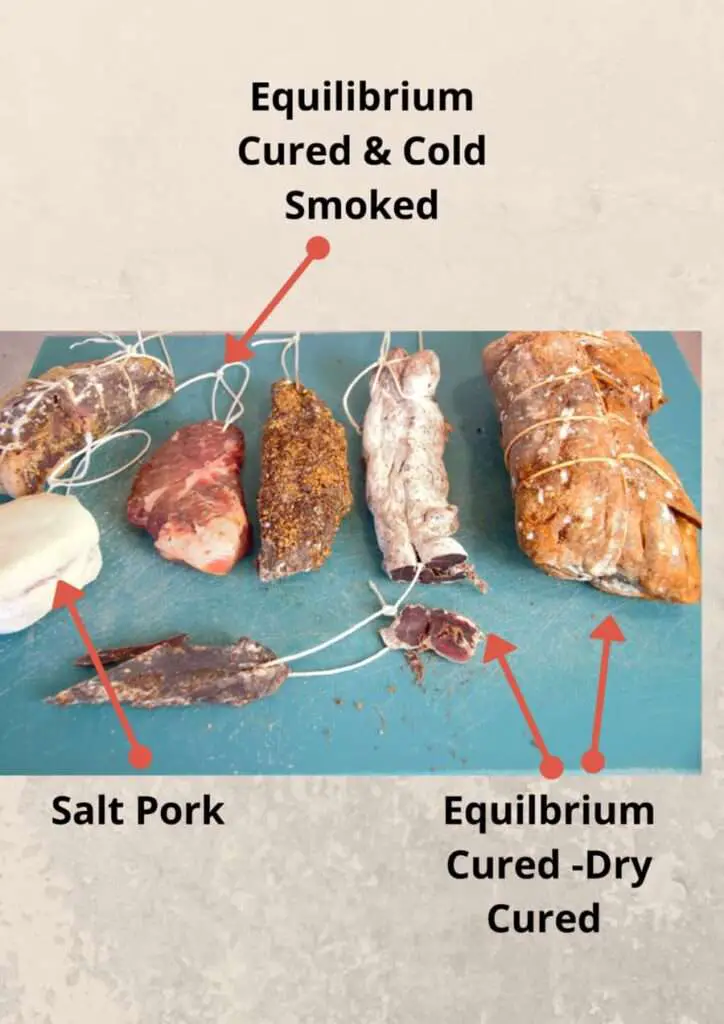
Protecting Meat from Pests and Spoilage
Preventing exposure to insects and animals is crucial in keeping your meat safe from contamination and spoilage. Proper meat handling and storage practices are essential to discourage pests and maintain the quality of your stored meat. This section offers tips and strategies to protect your meat in the wilderness.
Utilizing Natural Cold Storage
Nature provides us with natural cold storage options that can be utilized in the wilderness. By identifying suitable locations and employing effective techniques, you can take advantage of these natural resources to keep your meat fresh and safe to consume. This section explores the possibilities and benefits of using natural cold storage.
Building an Underground Meat Storage Cache
An underground meat storage cache can provide additional protection and longevity for your meat. By understanding the benefits of such a storage method and following the necessary steps, you can create an effective means of preserving your meat in the wilderness. This section guides you through the process of building an underground meat storage cache.
Monitoring and Rotating Stored Meat
Regular monitoring of your stored meat is crucial to ensure its safety and quality. Establishing a rotation system allows you to consume the oldest meat first, avoiding any potential spoilage. This section emphasizes the importance of regular monitoring and provides tips for implementing a rotation system.
Conclusion
When it comes to safely storing and preserving meat in the wilderness, having a solid understanding of different storage methods and techniques is essential. By considering the factors involved, such as available resources and intended shelf life, you can make informed decisions about the most suitable method for your needs. Whether dehydrating, curing, smoking, freezing, cooking, drying, salting, canning, utilizing natural cold storage, building an underground cache, or monitoring and rotating stored meat, each method offers its advantages and considerations. By following the tips and guidance outlined in this article, you can enjoy the benefits of safely preserved meat while living off the grid in the wilderness.

